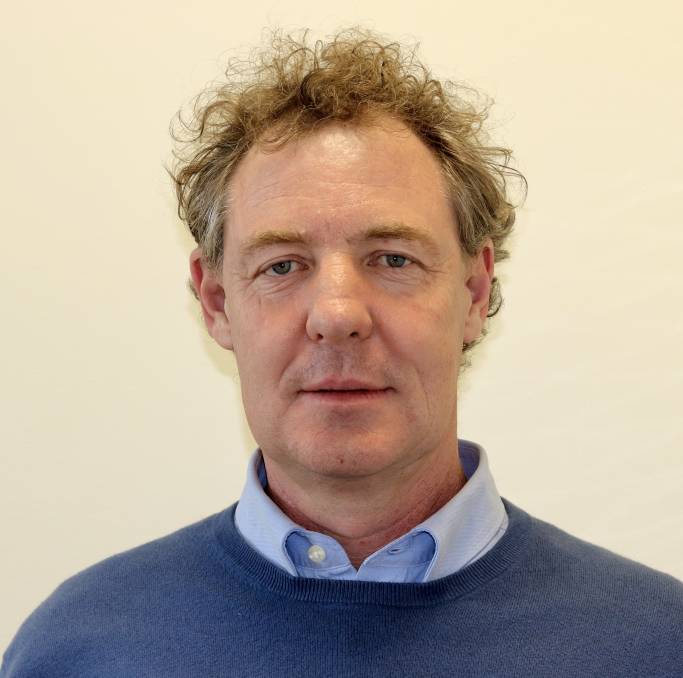 Opinion editorial courtesy of the National Landcare Network and NLN Chair Dr Patrick O’Connor
Opinion editorial courtesy of the National Landcare Network and NLN Chair Dr Patrick O’Connor
Landcare has a long history and has been an example to the world of the mobilisation of people to a sustainability ethic and the formation of an incredible number of groups focusing on local environments.
However, Landcare is commonly mistaken as only being an on-ground implementation program – engaging people in projects to plant trees, manage introduced species, protect endangered species, or otherwise halt environmental decline.
All these are actions that individuals and groups can undertake beneath a Landcare banner, but they are not what Landcare is really about.
Landcare is a social movement for managing change. The movement is 30 years old and arose because Australians naturally care about places we know; we want to connect to people we share ideas with and we feel part of the environmental awareness that has grown alongside agricultural change in post-war Australia.
Tens of thousands of Australians are attracted to Landcare, often as their first contribution to environmental action, because it gives them a chance to express their desire for sustainability and environmental protection through action.
Landcarers often find their voices by first using their hands.
Landcare in Australia is a collective movement and the National Landcare Network (NLN) is the representative voice of Landcarers at the National level.
The NLN and state are accountable to the collective of community Landcare networks and groups.
It is the chain of representation that connects community Landcare groups to the national conversation and ensures the Landcare movement fulfils its role as a movement of change management.
In order to be the best leader of change it is necessary to understand the movement and listen to representatives from all parts of the movement.
Without representative processes Landcare could become a project management business or another part of natural resource bureaucracy.
You are part of the Landcare movement if you have a say in project priorities, if you have a say in adapting actions to local conditions, have a say in bringing innovation to environmental stewardship, if you have a say in fair distribution of funding, and if you have a say in representative organisations from your group up to the NLN.
If you don’t have these things your project falls short of the Landcare ideal.
Why does all this matter? Because environmental variability throws real challenges at our communities, our management of land and water and our economy.
When environmental change is part of natural cycles we learn to live with and adapt to the change.
When the changes come at us from a drying climate or a bushfire, or left field from a virus, we mitigate what we can and we adapt as we must.
Landcare exists because tens of thousands of people recognise that we are more resilient together to tackle the challenges of local environmental degradation, natural disasters, climate change, and species extinction.
Landcare participation is a way of building networks and skills for adapting and responding to changes expected and unexpected.
The key is to be a participant in action, in a learning and sharing environment, with others, and in Landcare organisations where each voice is valued.
It is not easy to see our way past the natural disasters that have hit Australia hard in the last few years, compounded by the massive disruption of the COVID-19 pandemic.
What we do know is that human health, the environment, society and the economy are interwoven and positive actions on one can have benefits for the others.
When the economy starts to wake from the current hibernation it will need to stretch and yawn for a while before it is fully alert.
Stimulating community Landcare activities across Australia offers a huge opportunity to employ an underutilised workforce in improving the sustainability of our community and agricultural sector, and the environment on which it depends.
Landcare programs can be upscaled to get people working immediately and we should take the opportunity to employ Australians in helping to repair the natural infrastructure on which our healthy society depends.
Dr Patrick O’Connor is Chair of the National Landcare Network
 Opinion editorial courtesy of the National Landcare Network and NLN Chair Dr Patrick O’Connor
Opinion editorial courtesy of the National Landcare Network and NLN Chair Dr Patrick O’Connor